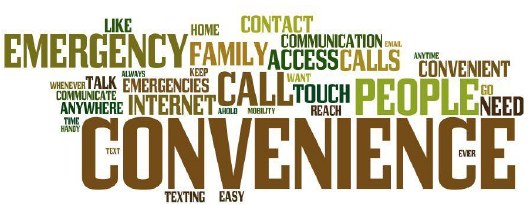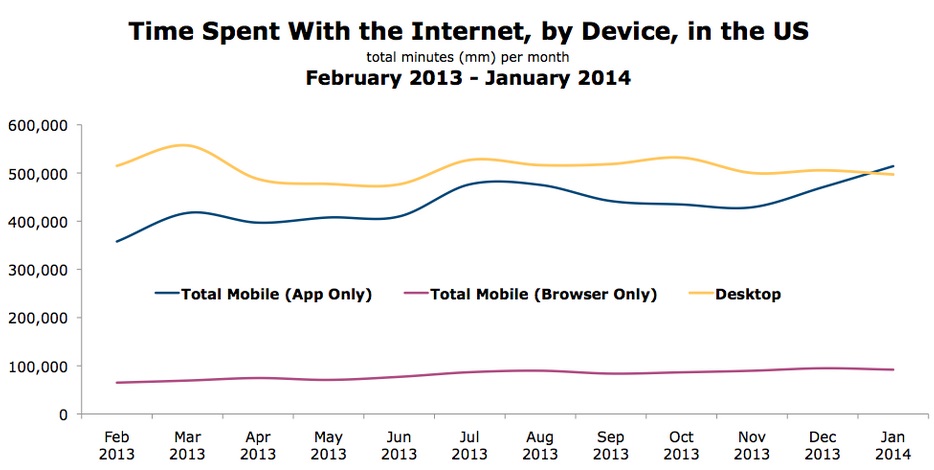Back in the old days, mobile devices had only two main functions that people could use: phone calls and text messages. That was around the time when the first cell phone was introduced, the Motorola DynaTAC 8000X, also known as the Brick. And yes, back then, being able to talk to someone or send a text through a mobile device was huge.
In time, feature phones provided people with additional multimedia and internet connectivity, which of course facilitated interaction and that, was considered a huge development. But today? Today, smartphones and the development of mobile applications have changed things in such a way that most of us hardly remember those times.

Source: Pew Research Center
Today, more and more people prefer smartphones to regular cell phones (CNET). And people who decide to purchase a smartphone base this decision on the functionalities of the device.
Part of what makes the smart phone so functional is its capacity to support mobile applications. These in fact enhance a smart phone’s functionality and people download apps for all sorts of reasons: to help them manage things like personal or business finance, for educational purposes, for gaming, for shopping etc. The fact of the matter is that the average smartphone user in the U.S. downloads three mobile applications every month (comScore). Moreover, a third of all U.S. smartphone owners download at least one mobile app per month (again, according to comScore).
To top that off, as of January 2014, mobile Internet is officially one-step ahead of desktop Internet usage. In addition, people now spend more time on mobile applications than they do connecting to the internet from desktops.

Source: comScore
What does this mean?
It means that we are experiencing an increasingly competitive business market as companies, brands, organizations etc. try to meet high-end customers’ expectations.
When it comes to online shopping, people have different expectations and worries about using mobile applications. The difficult task for most businesses today is to address these issues as individually as possible. As more customers migrate towards mobile, businesses struggle to come up with innovative content, publicity stunts, and data-security measures to leverage the digital world to respond to people’s requests and concerns.
It means that more and more workers adopt mobile consumption for work purposes.
With the advent of enterprise mobile applications, we are seeing a shift from the traditional desktop to a mobile-connected workforce. While this facilitates how people do business, being able to access files from wherever they are, it also poses some serious risks. Companies are concerned with protecting their data in a BYOD (Bring Your Own Device) work environment. On the other hand, employees and even executives can connect to work at anytime, making it a more productive and flexible work environment.
It means business owners can literally run a business through a suite of mobile applications.
The times when all a business owner or entrepreneur could use to manage a business was Microsoft Office and e-mail, is long past. Today, there are arrays of mobile applications that allow for a fluid management of small and medium-sized businesses.
It means new budget plans and reallocation of budget.
The competitive digital landscape is forcing even the most traditional businesses to adhere to the app revolution. Money goes where the market grows, so more and more companies set out budget plans to include the development of mobile applications and updates on existing apps.
New times mean new business landscapes. Take the leap, make the shift and thrive.